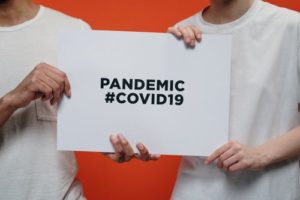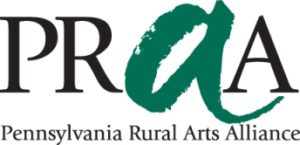Arts Organizations – Reopening Considerations Part 2

Part 2 – Knowing When to Reopen
2020 has been a difficult year for many arts organizations, and continues to present new challenges. In March, the pandemic shut down many organizations. In the past eight months, some organizations have found ways to do in-person activities, but many organizations remain inactive or completely virtual. In our last blog we discussed the many state and local mandates that exist to mitigate the spread of the virus in our communities, but beyond following laws what extra precautions can our organizations take to make our audiences, artists and staff feel safe?
While some organizations have been able to reopen, others are still presenting their work exclusively online. As cases rise and more shutdowns are possible it is important for organizations to continue considering when it may be appropriate to reopen.
State and Local Mandate
First, organizations should always comply with state and local mandates. The Pennsylvania Department of Health, along with the Governor and other local authorities will have regulations on what can and cannot be open at any given time. In order to understand where to find this information and understand current laws, please read our previous blog “Reopening Considerations, Part 1”
Tracking Cases
It is also a best practice to consider the trends in cases when deciding whether or not to reopen. The American Alliance of Museums suggests in their “Considerations for Museum Reopenings” watching the data on cases and looking for a downward trend in cases for 14 consecutive days. You can find this data from the PA Department of Health, the CDC or The Covid-19 Tracking Project.
Risk Assessment
Your organization may also look at the level of risk associated with the particular activity they are considering presenting in-person. The Pennsylvania Department of Health has this helpful guide in assessing risk based on the circumstances of your staff, your location, and your typical customer base. The Georgia Institute of Technology developed an online tool in which to assess the risk of in-person gatherings based on size and location. Business Insider also breaks down the risks associated with various activities, and how that level of risk changes based on various mitigation efforts. This article features compelling charts and research from Oxford, MIT and a host of other resources. By assessing the level of risk your activity poses, and in turn the amount of effort the organization must put into mitigating that risk, your organization can make smarter decisions about the feasibility of reopening.
Looking to Peers
Another way to decide when and how to open is by looking at your peers. You should look at both the organizations in your area that are open, and organizations across the nations that are of similar size and activities. Are there organizations you know of that are safely and creatively reopening? In what ways can you take inspiration from your peers?
Field Best Practices
One of the best ways to find information on what rules to follow is by looking at leaders in the industry. This may be advocacy organizations, professional associations, or other respected arts organizations. For example, museums may look to The American Alliance of Museums, and performing arts organizations should stay up to date with the Association of Performing Arts Professionals. We may also look at industry leaders like Americans for the Arts or the National Arts Education Association, and be sure to check with unions that your artists may be a part of.
Recent News
- Creative Health Impact Grant Open for the 2024-2025 Year April 22, 2024
- Folkway Feature – Meet the Artist Joe Grkman Jr. March 12, 2024
- Opportunities in the Arts Event December 1, 2023
- Quilting: A Strong-Held Tradition in Armstrong County September 8, 2023
- Intangible Cultural Heritage – What is it? July 14, 2023
